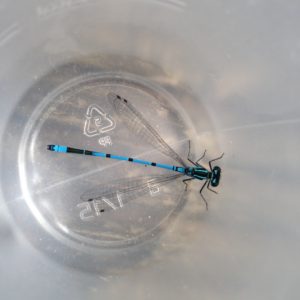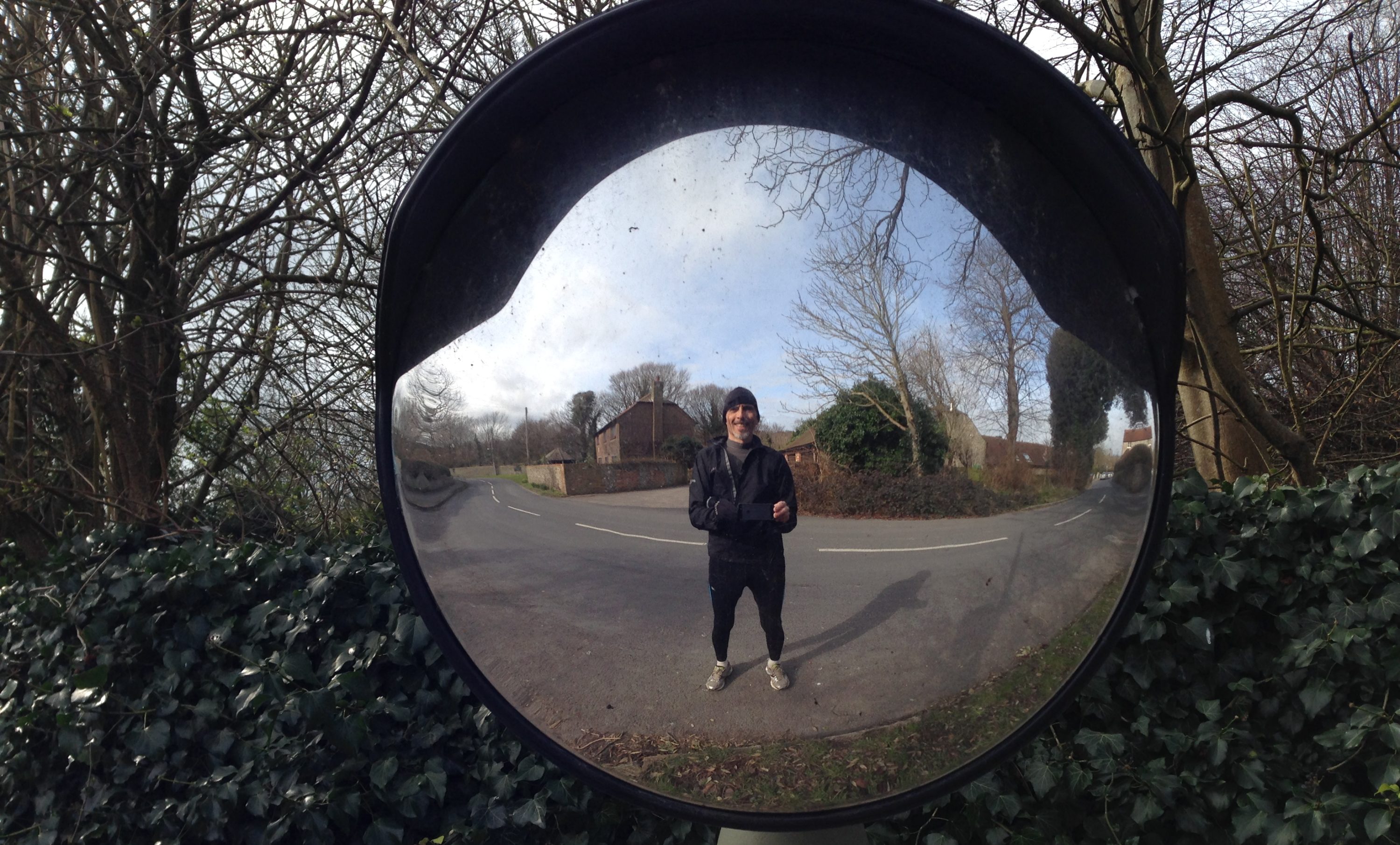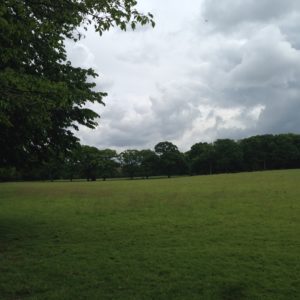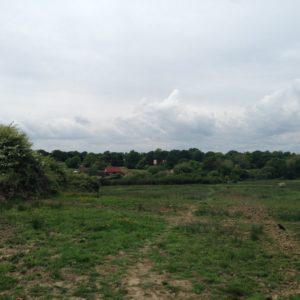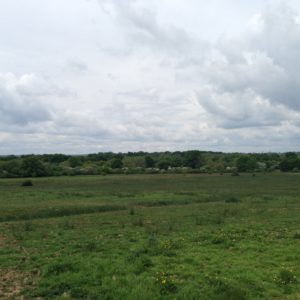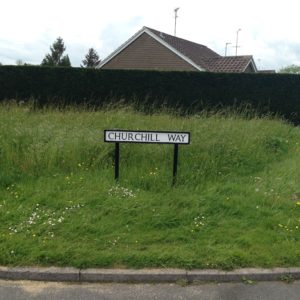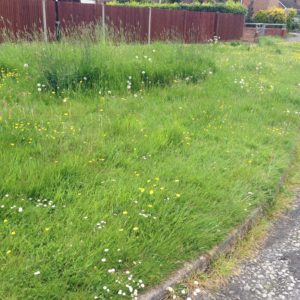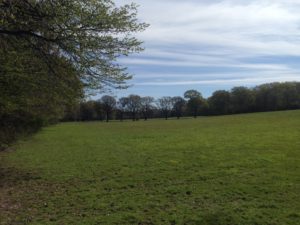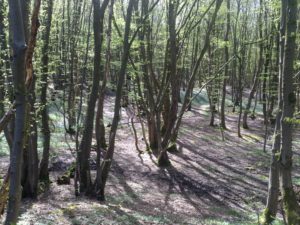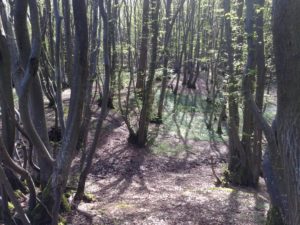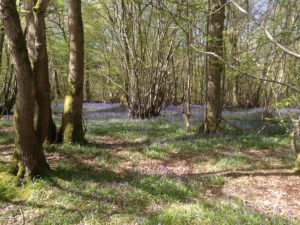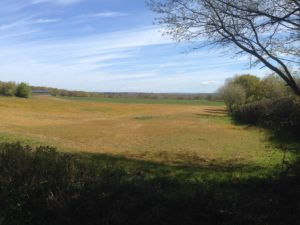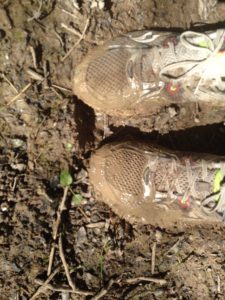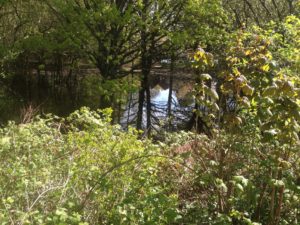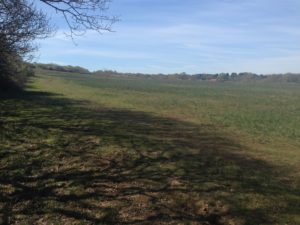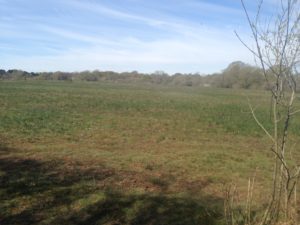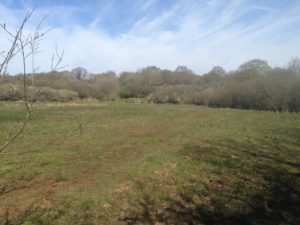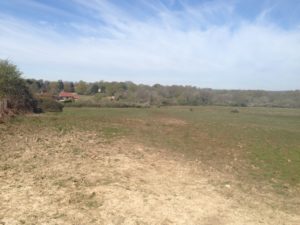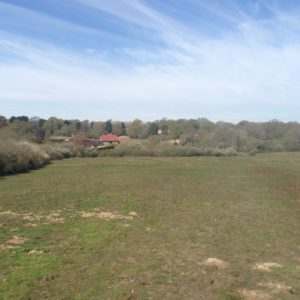Yesterday I ran the same route that I ran three weeks ago, but Strava deemed it a shorter run and slower. 6.9 miles in 71 minutes, only 5.8 mph average. Not wholly surprising… well, the time at least.
A fortnight ago I spent a really enjoyable week working in Denver, but flew both Sundays and so missed the opportunity to run. As soon as I got back last week I managed to catch a horrible cold, which I only managed to shake off this weekend… the two nights where I managed to sleep a full ten hours probably helped a lot!
It was the first ‘proper warm’ run of the year, which was lovely, but it much more of a struggle than I’ve been used to for a while. In fact I’m really feeling the effects today… although that might also have had something to do with the mammoth gardening session that I did afterwards: repotting four large bamboo plants & finding them new homes in the garden, repotting Kim’s Japanese cherry, emptying out the compost that has accumulated in bags over the winter, cutting the grass front & back, trimming the front hedge and then, for good measure, cutting an elderly neighbour’s grass to help him keep on top of it.
Talking of grass cutting, I have to mention the local communal grass that is (apparently) looked after by West Sussex County Council. Aside from the fact that it is almost three feet tall in places, as you can see from the enclosed photos, I noticed something interesting about the kerb edges.
Five or six years ago (prompted by the local council asking how they could support the business community, with no budget) I started an ad hoc experiment regarding grass verges, with four hypothesises.
- H1: If the grass verge is neat, then the owners of adjacent houses will tend to look after their front gardens. Kerb appeal suggests that house prices are likely to be positively affected by this, whilst ‘broken windows theory’ suggests that residents of these areas are likely to feel happier and more responsible for their neighbourhood.
- H2: If the verges are edged then grass will not grow out to destabilise the adjacent road or pavement, slowing the need for expenditure in this area.
- H3: If the grass is cut more frequently (say every two weeks as opposed the the council’s 6-8 weeks), then the grass cuttings form a mulch that decomposes easily on the lawn, rather than choking the grass and sitting at the edges where it speeds up the egress of grass onto adjacent tarmac surfaces.
- H4: If residents feel pride and responsibility for their neighbourhood, then they will take this positivity into their workplace and be more engaged, thus achieving the original aim.
I didn’t get to test my hypotheses empirically, but there is a good degree of support for them based on what I hear from neighbours (I’ve been looking after the grass areas adjacent to us for this extended period) and see with my own eyes.
For example, to add weight to H2, I carefully edged the kerbside of one of the verges in the two photos below, but not the other one (on the other side of the junction). Bearing in mind how long ago I did it, the differences are palpable… the other non-edged sides of the green have spread across the pavement by up to a couple of feet, destabilising it in the process.
